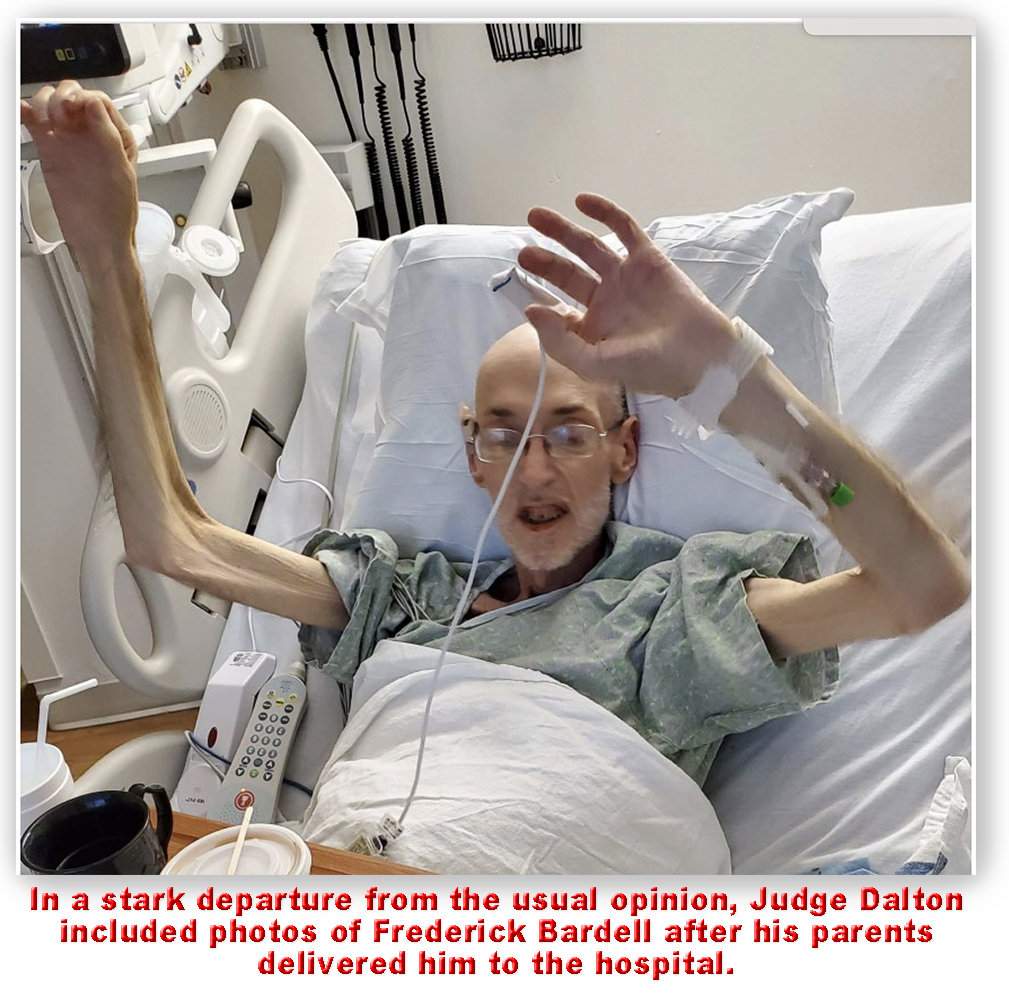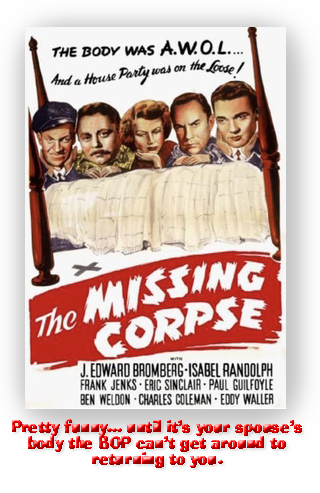We post news and comment on federal criminal justice issues, focused primarily on trial and post-conviction matters, legislative initiatives, and sentencing issues.

LAST WEEK IN THE BOP
 Deputy Attorney General Lisa Monaco told Department of Justice officials last Wednesday that prosecutors must use “all available tools” to hold BOP employees who sexually abuse women in their custody accountable, including employing a new law that has a maximum sentence of 15 years.
Deputy Attorney General Lisa Monaco told Department of Justice officials last Wednesday that prosecutors must use “all available tools” to hold BOP employees who sexually abuse women in their custody accountable, including employing a new law that has a maximum sentence of 15 years.
“The Department’s obligation to ensure the safety and wellbeing of those in our custody is enduring,” Monaco wrote. Her memo, obtained by NPR, “follows a high-level review this year that uncovered hundreds of complaints about sexual misconduct by Bureau of Prisons employees over the past five years, but only 45 federal prosecutions during that same period.”
The working group identified weak administrative discipline against some prison workers — and flaws in how prosecutors assessed reports of abuse.
Meanwhile, Sen. Richard Durbin (D-IL), chairman of the Judiciary Committee, issued a statement that last week’s “DOJ report on pervasive sexual abuse in our nation’s federal prisons is evidence of the desperate need for reform. The new Director, Colette Peters, needs to show resolve and Congress needs to back her efforts to clean up this sorry mess.”
 BOP Director Colette Peters continued her charm offensive last week, sitting for a lengthy interview with Government Executive magazine. Despite the DOJ Inspector General’s report the week before criticizing the BOP for reflexively disbelieving inmates and whitewashing staff misconduct, Peters said, “We are partnering with the inspector general. I’ve met with him multiple times now to ensure that we’re holding individuals accountable. I’ve met with the U.S. attorneys and asked the same thing: that they take these employee cases very seriously, both because those individuals need to be held accountable, but the person working next to that individual needs to know that their work is valued and that when people are making bad choices, that they’ll be held accountable, so that the employee remaining is safe and secure.”
BOP Director Colette Peters continued her charm offensive last week, sitting for a lengthy interview with Government Executive magazine. Despite the DOJ Inspector General’s report the week before criticizing the BOP for reflexively disbelieving inmates and whitewashing staff misconduct, Peters said, “We are partnering with the inspector general. I’ve met with him multiple times now to ensure that we’re holding individuals accountable. I’ve met with the U.S. attorneys and asked the same thing: that they take these employee cases very seriously, both because those individuals need to be held accountable, but the person working next to that individual needs to know that their work is valued and that when people are making bad choices, that they’ll be held accountable, so that the employee remaining is safe and secure.”
Peters noted that the BOP will fill 40 additional in its Office of Internal Affairs to address sexual assault backlogs.
Peters also told Government Executive, “[T]here’s a huge perception out there that [First Step Act] implementation didn’t happen or didn’t happen when it was supposed to. But as I review the outcomes and the deliverables we’ve delivered, the programming is happening…While there might have been bumps along the way, the agency has been working really hard to ensure that [First Step Act] implementation happens both at headquarters and in the institutions.”
 I reported last month that Sens Jon Ossoff (D-GA) and Mike Braun (R-IN) had introduced legislation, the Federal Prison Oversight Act (S. 4988) that would establish an independent DOJ ombudsman to investigate the health, safety, welfare, and rights of BOP inmates and staff and create a hotline for relatives and representatives of inmates to lodge complaints. A companion bill, H.R.9009, was introduced in the House by Rep. Lucy McBath (D-GA).
I reported last month that Sens Jon Ossoff (D-GA) and Mike Braun (R-IN) had introduced legislation, the Federal Prison Oversight Act (S. 4988) that would establish an independent DOJ ombudsman to investigate the health, safety, welfare, and rights of BOP inmates and staff and create a hotline for relatives and representatives of inmates to lodge complaints. A companion bill, H.R.9009, was introduced in the House by Rep. Lucy McBath (D-GA).
A week ago, Sen. Ossoff told Capital Beat News Service that the bill’s prospects for passage during the Congressional lame-duck session after this week’s mid-term elections “are favorable because it has bipartisan support.”
NPR, Guards who sexually abuse inmates haven’t been punished harshly enough, DOJ memo says (November 3, 2022)
Office of Richard Durbin, Durbin Statement On New Report On Sexual Misconduct By Bureau Of Prisons Staff (November 4, 2022)
Government Executive, We’re Not ‘Shawshank Redemption’: New Federal Prisons Director Tackles the Bureau’s Reputation (November 2, 2022)
Capital Beat News Service, U.S. Sen. Jon Ossoff sees ‘signs of improvement’ at Atlanta federal penitentiary (October 26, 2022)
– Thomas L. Root


























